A PICTURE IS WORTH A THOUSAND WORDS




A BRIEF HISTORY
The notion of borders becomes vague and obsolete with the speed and scales of information exchange. The knowledge of a language is no longer essential to communication.
Visual literacy and the effective application of well-designed infographics will allow us to communicate the message to any corner of the world successfully.


There is no need to speak if you can show. That’s why thousand years ago when people could not speak they drew.
The earliest known cave drawings (prehistoric or ancient infographic art if you like) are at least 35,000 years old and were found in caves (district of Maros, Indonesia).




Many ancient writing systems, like Sumer pictographic writing, Egyptian hieroglyphs, Mayan script, and Chinese characters, were based on graphics.
WHY INFOGRAPHICS?


Pioneer 10 and Pioneer 11 spacecraft carried Pioneer Plaques, a pair of gold anodized aluminum plaques, each featuring a pictorial message that would provide information about the origin of the spacecraft and be understandable to extraterrestrial beings, who would have no conception of human language.
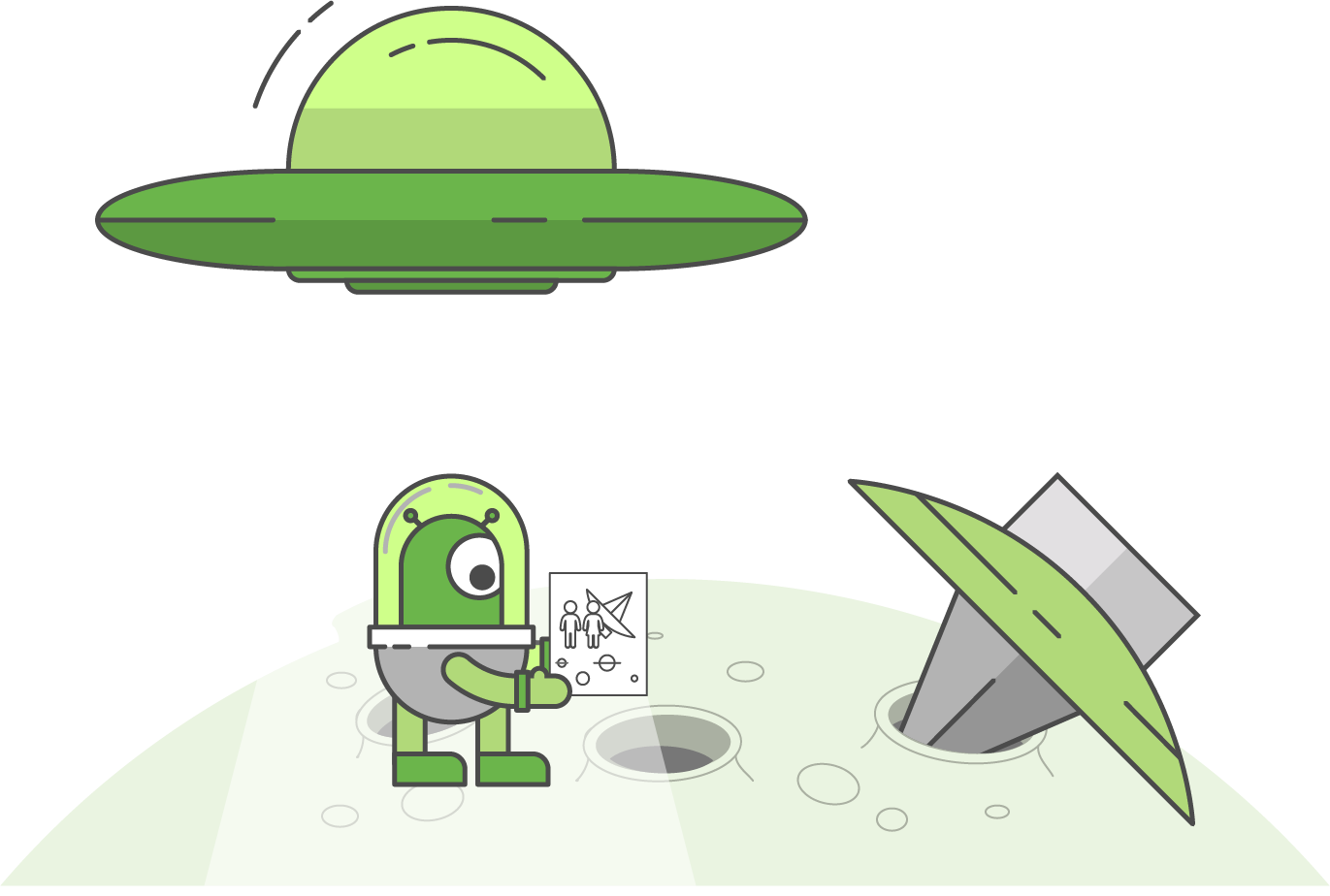
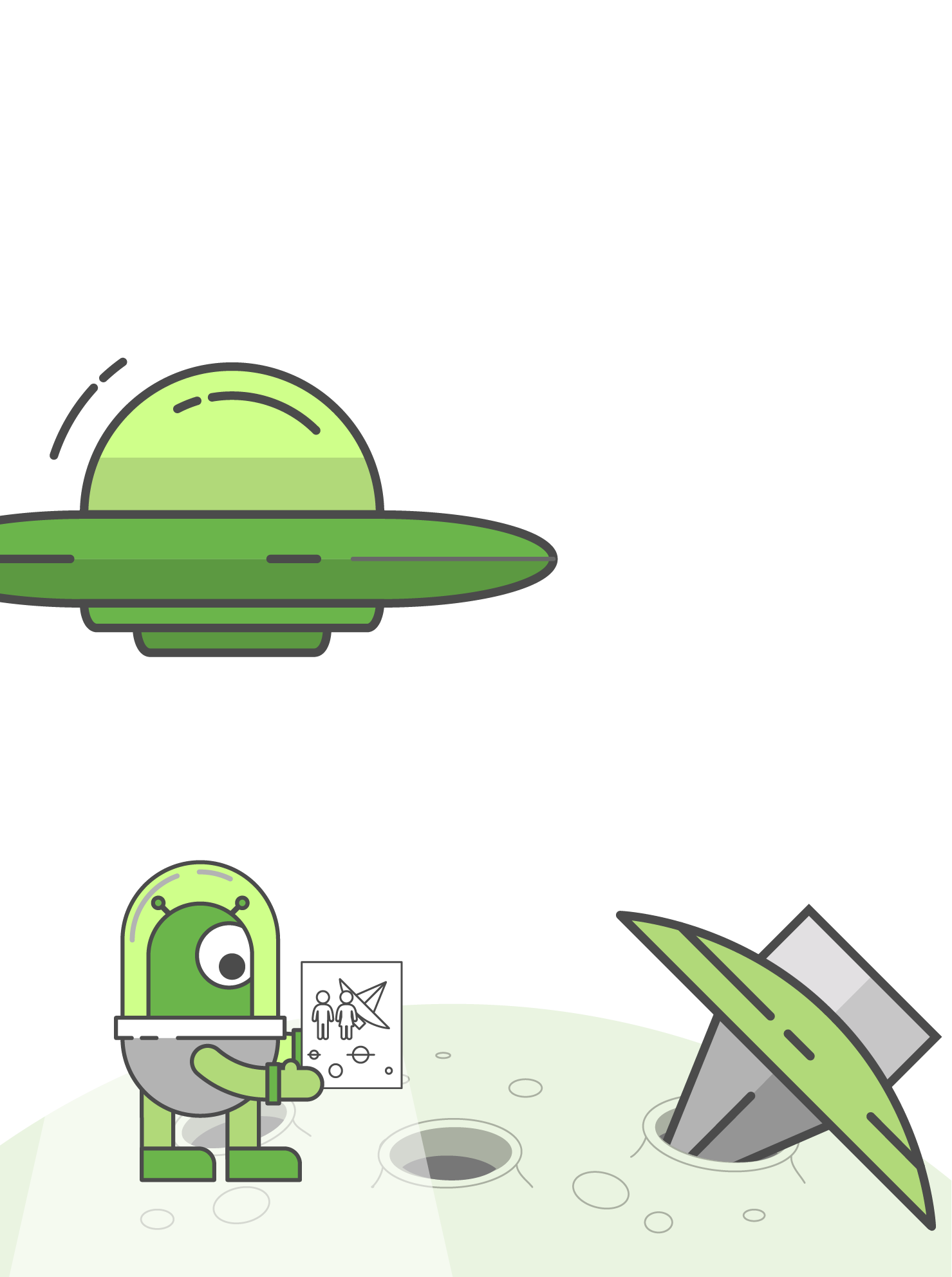
- 80% of what they see and do
- 20% of what they read
- 10% of what hey hear


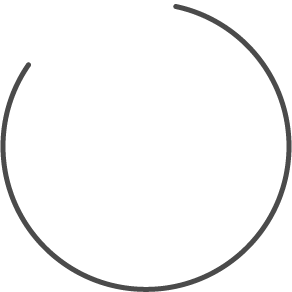

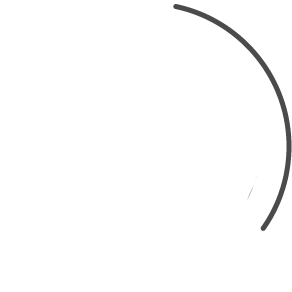













The use of infographics helps as we suffer from information overload. We are exposed to 5x as much information today as we were in 1986.
WHERE TO USE INFOGRAPHICS?





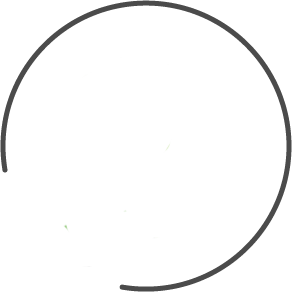
Wherever possible. Social media, email campaigns, websites – it is not a complete list of visual contents applicability.
Infographic design is a modern form of content marketing which has become a tool for internet marketers and companies to create content that others will link to, thus possibly boosting a company’s reputation and online presence. The increasing role of social media as news and communication channels dictates the use of infographics as the most effective and laconic means of conveying information.
Sources
The Dictionary of Clichés by James Rogers (Ballantine Books, New York, 1985).
https://en.wikipedia.org/wiki/A_picture_is_worth_a_thousand_words
Carl Sagan; Linda Salzman Sagan & Frank Drake (1972-02-25). “A Message from Earth”. Science. 175 (4024): 881–884.,
https://en.wikipedia.org/wiki/Pioneer_plaquehttps://en.wikipedia.org/wiki/Pie_chart https://en.wikipedia.org/wiki/Isotype_(picture_language) http://isotyperevisited.org/documents/index.html http://www.humantific.com/tag/isotype-vienna-method/ http://www.designhistory.org/Symbols_pages/isotype.html http://www.ted.com/talks/david_mccandless_the_beauty_of_data_visualization.html
Mark Smiciklas (2012). The Power of Infographics: Using Pictures to Communicate and Connect with Your Audience.
https://en.wikipedia.org/wiki/Infographic#cite_note-30, https://en.wikipedia.org/wiki/Infographic#cite_note-Ref2-2 https://en.wikipedia.org/wiki/Cave_painting https://en.wikipedia.org/wiki/History_of_writing
Alleyne, R. (11 Feb 2011). Welcome to the information age – 174 newspapers a day. The Telegraph.
http://whatis.techtarget.com/definition/infographics
















